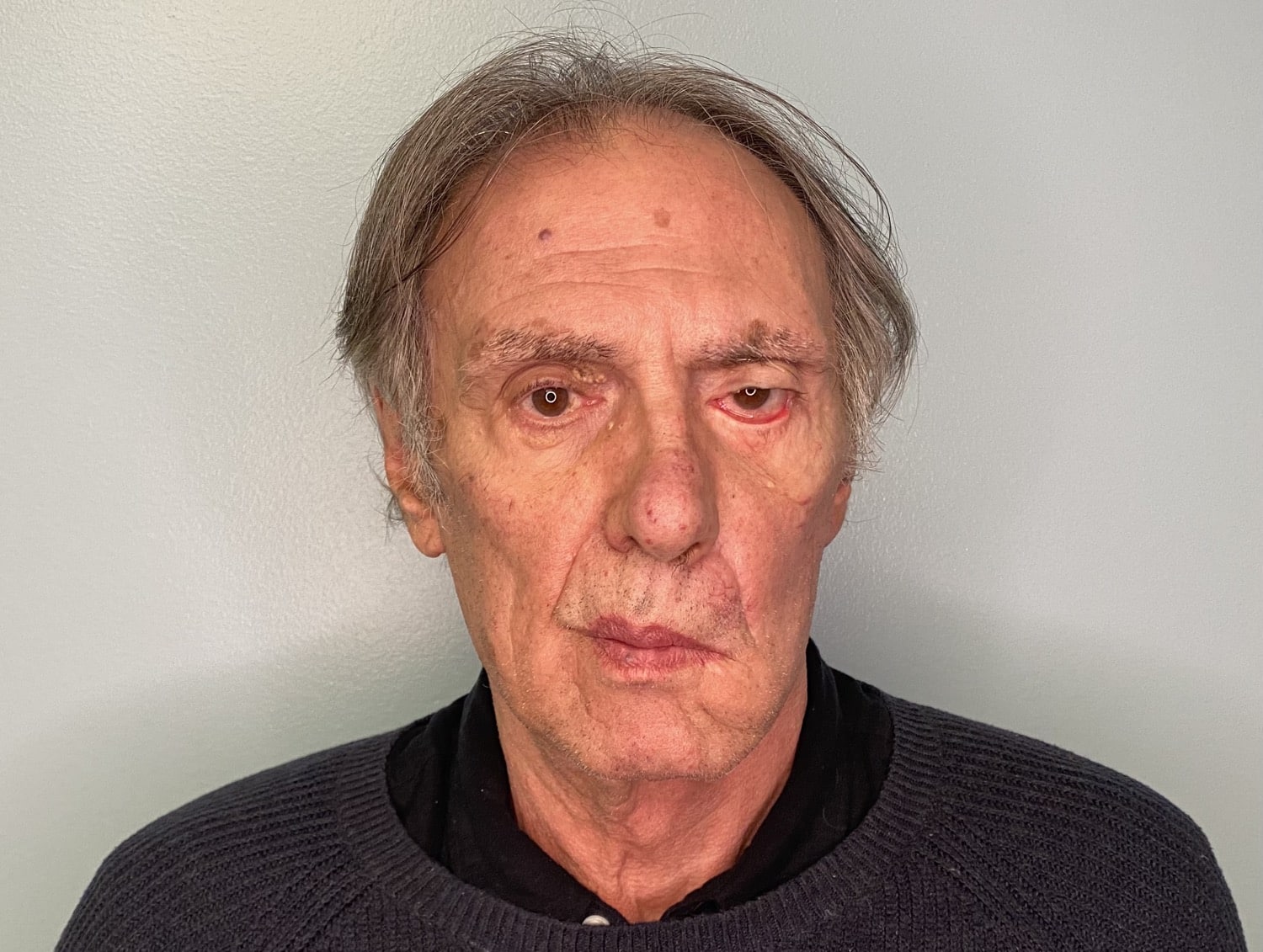What is facial paralysis?
Facial paralysis is a devastating condition that impairs patient’s ability to move their face on the affected side. All patients presenting with facial paralysis need to be evaluated by a physician for proper diagnosis and timely treatment. Facial paralysis can be an early sign of a stroke or other life-threatening conditions, which is why patients need to be evaluated urgently by a medical professional. Many treatment options are available to increase the chances of recovery. However, each treatment is targeted to address the underlying reason for paralysis. Should recovery not occur or partial recovery is achieved, we now have multiple options for improvement in function for patients living with facial paralysis.
Conditions that can cause facial paralysis include stroke, severe ear infections in predisposed individuals, Bell’s palsy, Ramsay-Hunt syndrome, Lyme disease, cancers affecting nerves or the parotid gland on the side of the face, traumatic injury to the face or skull/temporal bone, acoustic neuroma and other skull base tumors, surgery on the face or skull base, congenital palsy including Moebius syndrome, etc.
Bell’s palsy is the most common cause of complete facial paralysis, but it is always the diagnosis of exclusion necessitating comprehensive evaluation. Up to 30% of patients with Bell’s palsy do not experience complete recovery, even with timely treatment, leading to chronic facial dysfunction called synkinesis or non-flaccid facial paralysis.
What is flaccid facial paralysis?
Flaccid facial paralysis is complete inability to move one or both sides of the face, which is always disfiguring. Loss of the ability to close the eye is a common consequence of most types of facial paralysis.
Inability to blink, or close the eye leads to irritation, discomfort, tearing, crusting, infections and eventual compromise of vision. In older individuals, the affected eye can appear droopy due to the loss of tone. In younger persons early in facial paralysis blinking can be preserved but delayed as their tone is excellent, however, as duration of paralysis progresses even younger patients will lose their ability to close the eye.
Patients will notice completely drooping face, and inability to smile or move the corner of their mouth as desired. Some individuals will experience drooling due to the lack of oral competence and biting the inside of their cheek due to the loss of tone. If flaccid facial paralysis is temporary or it has a reversible cause, patient will either recover completely or they experience partial recovery with synkinesis. If flaccid paralysis does not have a reversible cause, we generally try to intervene with nerve transfers within 2 years of onset of paralysis. After 2 years, there is irreversible facial muscle loss. Once irreversible muscle loss has occurred, patient may need more extensive surgery including muscle transplantation from another site of the body.

What is non-flaccid facial paralysis and synkinesis?
Non-flaccid facial paralysis and synkinesis arise from incomplete recovery of the facial nerve following Bells’ palsy, Ramsay-Hunt syndrome, skull base tumor surgery, traumatic injury and other reversible causes of facial paralysis.
Following facial nerve injury, facial nerve regeneration my lead to erroneous wiring of the facial muscles. Facial nerve branching in the face is highly variable and the nerve splits into multiple branches to innervate facial muscles. There is also person-to-person variability in facial muscle innervation, which allows us to have multiple and unique facial expressions. In fact, person to person variability is responsible for your individuality with patterns of facial expression being genetically predetermined.
The miswiring of the facial nerve during regeneration is currently thought to produce synkinesis. The hallmark of synkinesis is undesired activation of counterproductive muscles during facial expressions. For example, during a smile there is activation of both smile and frown muscles leading to net “frozen” appearance. Some patients describe this as inability to smile. In patients with synkinesis, there is erroneous activation of facial muscles that would not normally be activated during a particular intended movement. Since our facial nerve organization is unique, there is individual variability in the pattern of synkinesis. This pattern takes 12-18 months to develop when facial movements begins to return following a recovery from flaccid paralysis.

What are treatment options for flaccid facial paralysis?
Many options exist for the treatment of flaccid facial paralysis, they are aimed at improving eye closure, facial symmetry and restoration of smile and perioral movements. Your surgeon will guide most suitable procedure or a combination that will lead to the most natural facial movement restoration and smile.
Options for flaccid facial paralysis include:
- Eyelid weights
- Static sling transfer
- Temporalis muscle transfer
- Nerve transplants
- Masseteric to facial nerve transfer
- Hypoglossal to facial nerve transfer
- Gracilis muscle transplant
What are treatment options for non-flaccid facial paralysis and synkinesis?
The mainstay of treatment is botulinum toxin treatment and facial physiotherapy otherwise known as neuromuscular retraining. Selective neurolysis surgery is an option for some patients. Selective neurolysis is aimed at improving the smile, where we selectively reduce the activity of miswiring nerves in order to release the smile movement and separate it from frown movement.
Options for non-flaccid facial paralysis and synkinesis include:
- Botulinum toxin and facial physiotherapy
- Selective neurolysis surgery
